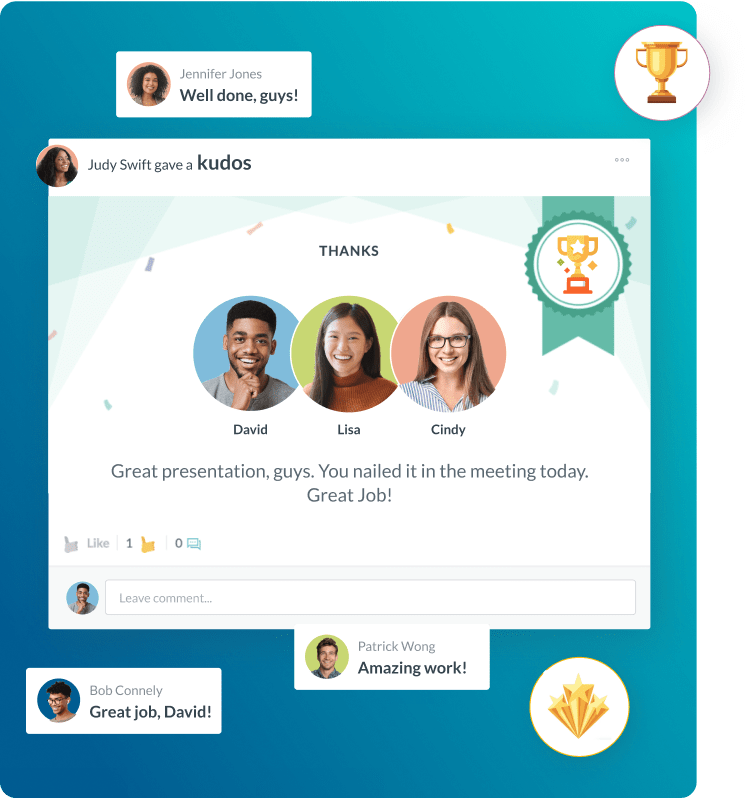The Remote Work Policy
- Key Strategic Components of a Comprehensive Remote Work Policy
- Comparing Remote Work Models: Benefits and Challenges
- Best Practices for Developing an Effective Remote Work Policy
- Common Pitfalls to Avoid in Remote Work Policy Implementation
- Industry Applications of Remote Work Policies
- Implementation Plan: A Step-by-Step Guide
- Future Outlook and Trends in Remote Work
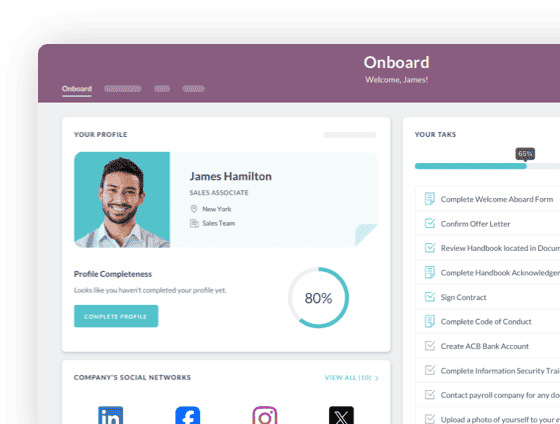
 Cut onboarding time
by 60%—here's the
Ultimate Checklist
that helped do it.
Cut onboarding time
by 60%—here's the
Ultimate Checklist
that helped do it.
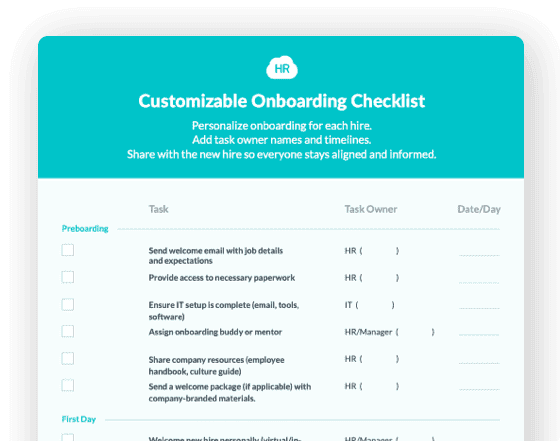
A Remote Work Policy is a formal, written document. It defines the terms, conditions, and expectations for employees who work outside the main office. This policy is more than just rules for modern companies. It is a critical strategic framework that shows how work gets done. It tells where work happens and what the standards for productivity and teamwork are. Businesses now use a global, connected workforce. A strong remote work strategy is key to finding and keeping top talent. It ensures your business keeps running and stays competitive. The policy gives clarity, lowers legal risks, and sets clear rules for distributed teams.
We cannot overstate how important a well-made policy is. It moves a company away from a case-by-case approach for remote work. Instead, it creates a fair, consistent, and lasting work model. This change is vital for managing what employees expect. It also builds trust and accountability, no matter where staff work. Plus, a strong policy must fit well with your overall Human Resources management system. This ensures fair rules for performance reviews, pay, and employee growth.
Key Strategic Components of a Comprehensive Remote Work Policy
A good remote work plan fixes problems with admin, tech, and culture. It makes sure the business runs well. This is true if employees are fully remote, hybrid, or spread out across the map. These parts are vital to keep performance high and follow all rules.
Eligibility and Application Process:
Define which jobs or employees can work remotely. Detail the official steps for getting approval. This manages expectations and keeps things fair for all teams.
Work Schedules and Availability:
Set core working hours and expectations for answering messages. Think about time zones to keep internal and outside contact steady. Managing a global team is key here.
Technology and Equipment Provision:
Explain what gear the company gives. Detail what the employee must provide. List the security rules and tech support for remote staff. The policy must clearly state the company's tech promise.
Data Security and Confidentiality:
Demand rules for protecting company and client data. This includes using Virtual Private Networks (VPNs) and secure ways to handle documents. This part must meet compliance needs and is a must for business safety.
Performance Management and Accountability:
Say how work will be measured. List the tools used to track results. Set the schedule for check-ins and reviews for remote staff. Tools for effective performance management are a key part of this section.
Compensation, Expense Reimbursement, and Taxes:
Settle fair pay across different places. Explain how expenses like internet or office supplies are paid back. Explain the legal issues of hiring in many states or countries. Companies must grasp the complexities of state and international laws.
Communication Standards and Tools:
Name the main communication ways. Set expectations for how fast people must respond to emails and messages. Define rules for virtual meetings to keep teams connected. Effective communication is the core strength of any distributed team.
Comparing Remote Work Models: Benefits and Challenges
When you create a Remote Work Policy, you must first pick the best model for your company. This choice needs a good look at team needs. You must weigh teamwork versus the possible cost savings and wider talent pool that remote teams offer. The table below shows the three main models business leaders should review.
|
Feature |
Fully Remote Model |
Hybrid Model (Fixed) |
Hybrid Model (Flexible) |
|
Definition |
Employees work 100% of the time from a location of their choice. They rarely, if ever, come to a physical office. |
Employees must follow a set schedule. For example, three days in the office and two days remote. The employer sets this schedule. |
Employees and their managers decide the weekly schedule. They shift easily between office and remote work based on project needs. |
|
Key Advantage |
Access to a global talent pool. Maximum cost savings on real estate. High employee freedom. |
Predictable in-person collaboration time. Easier onboarding and mentorship. It keeps some office culture. |
Maximum employee choice and flexibility. Best use of office space for specific tasks. High team-level control. |
|
Primary Challenge |
Potential for social isolation. Hard to build company culture. Complex tax and legal compliance across many locations. |
Less choice for employees. Risk of a "two-tier" culture where in-office staff feel favored. Office space may sit empty on remote days. |
Team presence may be inconsistent. Requires strong leadership training for managers to plan schedules well. Could lead to teams working in isolation. |
|
Best Suited For |
Digital-native companies, global groups, roles needing deep, focused work (e.g., software development, research). |
Organizations moving from traditional offices. Those with legal or security needs for in-office work. Companies with specific training needs. |
Project-based organizations, creative teams, or businesses prioritizing staff health and work-life balance. |
Best Practices for Developing an Effective Remote Work Policy
Starting a new policy needs careful planning and clear messages. This makes sure it meets the company’s main goals. Business leaders should treat policy creation as a team project. They must get ideas from HR, IT, and Legal teams. This helps create one full document that covers all parts of the remote workforce.
Prioritize Security and Compliance First:
The policy must demand secure virtual settings and multi-factor sign-ins. It must set strict rules for handling private data. This lowers major company risk, especially for data privacy laws.
Invest in the Right Technology Stack:
Provide and require a single set of tools. Use them for chat, project tracking, and teamwork. This ensures smooth work between remote and office staff. All employees need a steady tech experience.
Define Clear, Measurable Outcomes, Not Just Activities:
Change the focus of performance reviews. Move away from just tracking hours. Instead, focus on clear, measurable results. For example, measure "project deployed" instead of "time spent at desk." This builds trust and freedom.
Establish Regular and Intentional Communication Cadence:
Create a plan for virtual team meetings, one-on-one check-ins, and social events. This fights isolation and boosts company culture. A policy on communication tools and reply times sets clear expectations.
Mandate Ergonomic and Safety Standards:
Ask employees to confirm their home office meets basic safety and comfort rules. This protects their health and limits company risk for work injuries. An employee training platform often covers this. This is a key part of a good policy.
Integrate Remote Employees into Company Culture:
Make sure remote workers get the same chance at training, professional growth, and social events. Hold these events virtually if needed. This stops the "out of sight, out of mind" feeling that hurts employee connection.
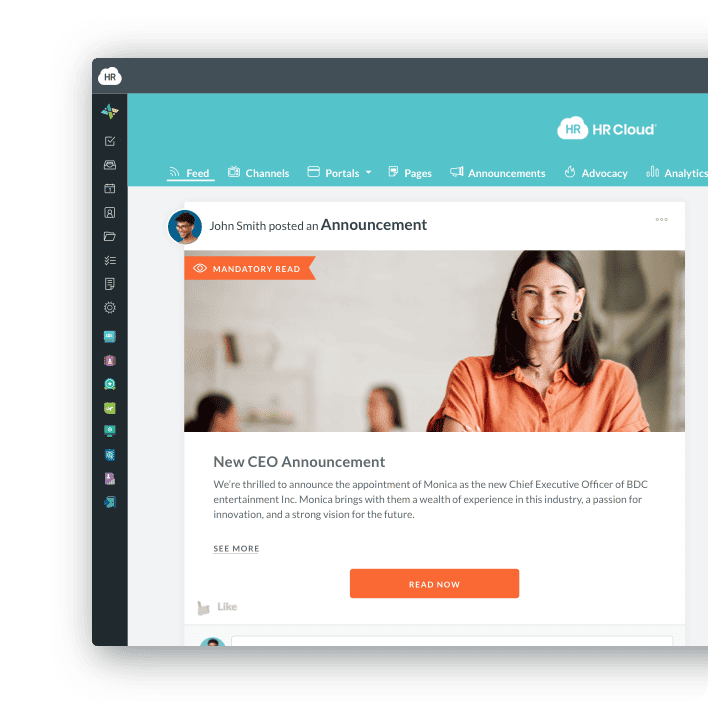
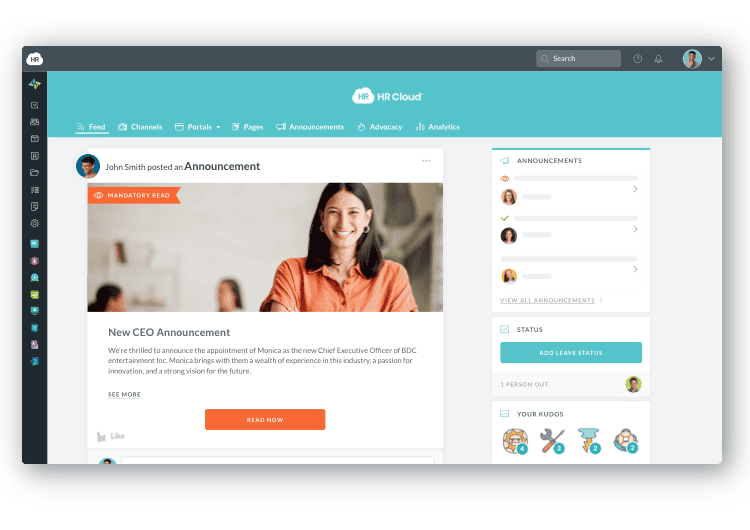
Common Pitfalls to Avoid in Remote Work Policy Implementation
The path to a good remote work model has many possible mistakes. These mistakes can hurt the policy and cause legal or cultural problems. Leaders must act early to fix these common errors.
Creating a "Two-Tier" System:
Do not allow differences in treatment, chances, or pay between remote and in-office staff. This builds bad feelings and unfairness. It directly harms team unity. The policy must stress equal career growth for all, no matter the work site.
Ignoring Local and International Labor Laws:
Do not forget laws for wages, overtime, tax, and benefits. These laws change based on where the employee physically works. Failing to account for these changes can lead to large legal and money fines. This is especially true when hiring globally.
Over-Monitoring Employees:
Using too much spying or tracking software hurts trust. It can create a toxic workplace. The policy must find a balance. It needs accountability, but it must respect privacy. Focus on results, not on constant tracking.
Failing to Address Manager Training:
Do not start a remote policy without training managers. They need special skills on how to lead, inspire, and manage performance in a distributed team. Effective remote leadership needs different skills than managing an in-person team.
Making the Policy Too Rigid or Permanent:
Do not make a policy that cannot change. It must allow for regular updates based on company needs, staff feedback, or shifts in technology or the economy. The policy should state that it is a living document that you will review often.
Industry Applications of Remote Work Policies
How companies use a remote work policy changes a lot by industry. This is due to different security needs, rules, and work styles. Good policies fit the exact needs of that sector. According to Gallup research, employee engagement is a key factor in successful distributed teams.
Financial Services and Banking:
This sector has strict rules and compliance needs. Their policies focus heavily on data security, require VPN use, and approved home offices. They often use a fixed hybrid model. This ensures sensitive data work happens in secure places. It still gives flexibility for less sensitive tasks. For instance, a big bank may ask compliance officers to be in the office three days a week. They may let software developers be fully remote.
Technology and Software Development:
Companies here usually have the most flexible policies. They often choose a fully remote or flexible hybrid style. Their rules favor tools for communication that does not need everyone online at once. They use frequent virtual team collaboration software for product building. A typical plan is to meet in person only a few times a year for strategy or social time. Daily work stays remote.
Healthcare Administration and Support:
Direct patient care still happens in person. But, administrative and billing tasks have moved to remote work well. Policies here must strictly follow patient privacy laws. In the US, this means HIPAA. They need high-level security rules for getting to electronic health records. Their policies focus on giving out secure computers and needed training for all remote staff. This keeps patient data safe.
Implementation Plan: A Step-by-Step Guide
Successfully starting a new Remote Work Policy needs a set process. This phased approach causes the least trouble and gets the most staff adoption.
Phase 1: Discovery and Design Form a Cross-Functional Task Force:
Include leaders from HR, IT, Legal, Finance, and key managers. This makes sure you consider all points. Conduct Needs Assessment: Ask employees and managers about how they like to work now. Check their tech needs and what problems they see with remote work. Draft the Policy Framework: Use the assessment to define your remote work model. Create a detailed first draft. Pay close attention to legal rules for how you classify employees and tax issues by location.
Phase 2: Review and Technology Integration Legal and Compliance Review:
Ask your legal team to check the draft. They must ensure it follows all labor laws. This is true for rules on overtime, expense pay, and data security. Secure Technology Rollout: Check your current IT setup. Make sure it can handle the remote staff size and security needs. Buy and give out needed computers and secure internet tools. Train staff on how to get remote IT help.
Phase 3: Communication and Launch Develop a Communication Strategy:
Tell everyone about the policy clearly and openly. Explain why you made it. Show how it affects different staff groups. Use many ways to share this, like full-staff meetings or written guides. Pilot Program and Feedback: Start a small, controlled test with a few teams. Test the policy, the tech, and the managers' readiness. Use this time to get feedback. Make needed changes to the policy. Formal Policy Launch and Manager Training: Launch the final policy in an official way. Most important: give all managers required, specific training. Teach them about leading remote teams, tracking results, and handling policy issues fairly.
Future Outlook and Trends in Remote Work
Remote work is always changing. Technology advances and employee needs drive this change. Business leaders must see these trends coming. This helps them keep a policy that is competitive and follows the rules.
One big trend is "work-from-anywhere" policies. This goes beyond just one state or country. This is very good for attracting talent. But, it needs complex HR software. This software must manage payroll, benefits, and tax compliance for many different locations. Companies must spend money on legal help now. This helps them find their way through the legal rules for staff in many states or countries.
Another key area is using immersive technologies more often. This includes virtual and augmented reality. They help with teamwork, training, and virtual team building. These tools promise to close the physical distance. They can make remote interaction better. This means your policy must be updated. It must cover how to use this tech and who provides the needed equipment.
Lastly, there is a clear move toward results-oriented work environments (ROWEs). Future policies will keep moving away from tracking activity and hours. They will focus only on measuring results and business impact. This matches what employees want: freedom. It lets companies focus on strategic results instead of simple logistics. A forward-thinking leader will ensure their employee engagement platform and Remote Work Policy are live, changing documents. This secures the company's future talent and success.
Keep Reading
Employee Engagement Intranet Tools: A Practical Buyer's Guide for 2025
"We improved our communication effectiveness by 40% within the first 90 days of
Best Digital HR Solutions for Workforce Engagement in 2025: Complete Buyer's Guide
Modern workforce engagement software isn't just about surveys and recognition. It's about
How HR Cloud Is Shaping the Future of HR in Senior Care
At the 2025 LeadingAge Annual Meeting in Boston, one conversation is taking centerstage —
Ready to streamline your onboarding process?
Book a demo today and see how HR Cloud can help you create an exceptional experience for your new employees.






